Fourth Gambrell Faculty Fellows cohort will focus on different aspects of equity

As the Charlotte region reckons with both the immediate aftermath of COVID-19 and longstanding challenges such as segregation and educational inequities, the Gambrell Faculty Fellows program has named a new cohort of scholars to help illuminate the way to a more equitable community.
The fourth cohort of Fellows will investigate a wide range of challenges, from difficulties facing students with disabilities at UNC Charlotte to how Black women business owners have coped with the stresses of the pandemic. Four projects have been selected for funding. The eight scholars working on these projects, representing five colleges or departments, will join almost 30 previous Fellows in research that promotes greater socioeconomic mobility in the Charlotte region.
“We are beginning to see what we hoped for with this initiative – a broad group of faculty researchers from multiple disciplines directing their scholarship toward the realities of economic mobility in the Charlotte Region,” said Lori Thomas, executive director of the UNC Charlotte Urban Institute.
“This year, eight faculty researchers join our 28 previous Gambrell Fellows, bringing their energy and expertise to our region,” said Thomas.
The Gambrell Faculty Fellows program grew out of the Charlotte Opportunity Insights Partnership, also funded by The Gambrell Foundation. One key objective of the Partnership was to incorporate, facilitate, and build local research capacity to address issues related to economic mobility in Charlotte, particularly racial equity and the impact of the pandemic. The Gambrell Faculty Fellows program provides competitive research funding of up to $15,000 for short-term projects (up to 18 months) that address important issues in the Charlotte region.
Meet the researchers selected as the fourth cohort of Gambrell Faculty Fellows
Black women business owners, the pandemic and self-care
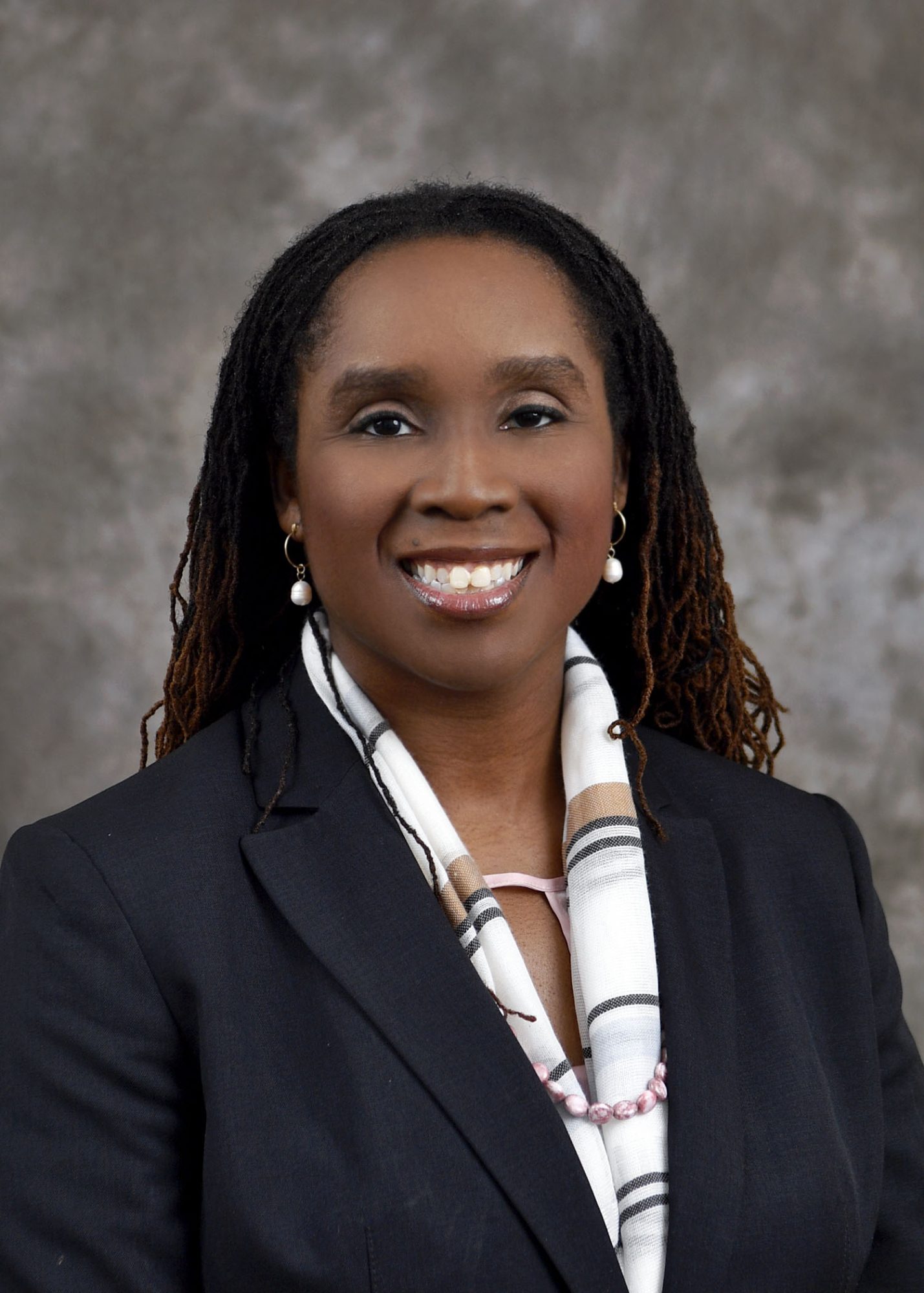 Dr. Mingo |
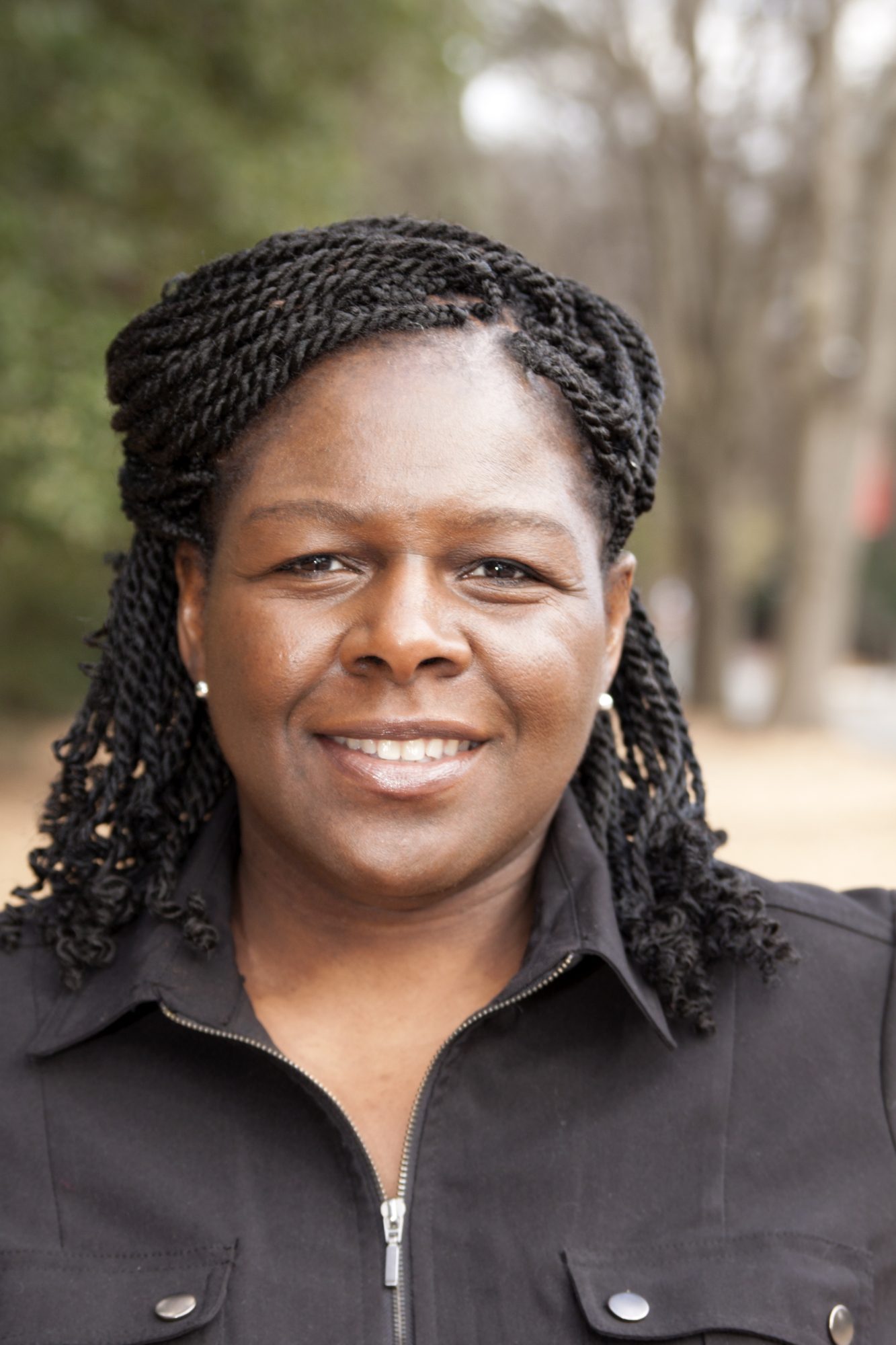 Dr. Haynes |
For Black women who own businesses, the COVID-19 pandemic added a layer of stress atop an already stressful day-to-day existence. The intersection of managing a business, COVID-19, racism, gender stereotypes and stereotypes like the “strong Black woman” created a toxic brew of pressures.
“It seemed like the perfect recipe for burnout”, said Dr. Taryne Mingo, Assistant Professor and Director of School Counseling Program in the Department of Counseling at the UNC Charlotte Cato College of Education.
Working with Tika Mercer, the owner of Lucky You Salon & Suites in Charlotte, researchers will assemble two focus groups of five local Black women business owners. These women will constitute two cohorts that the researchers can talk with to understand the pressures they faced as business owners during the pandemic and how they have incorporated self-care, if at all.
“Covid really pushed them to a place where that [self-care] was just not a priority. Taking care of everything else has been at the forefront, and they put themselves last,” said Dr. Tabitha R. Haynes, a Clinical Assistant Professor and Director of Testing in the Department of Counseling department at the UNC Charlotte Cato College of Education.
By examining the intersection of gendered racism and business stress, the researchers will seek to understand how these women take care of themselves, particularly during the pandemic. By learning from the current self-care practices of participants, the researchers will provide recommendations to maintain or begin self-care practices.
Then, they’ll work, in collaboration with participants, to develop techniques and resources to promote well-being that they can share with other Black women business owners in Charlotte. Creating strategies that other women can use, rather than just studying Black women business owners, is a key part of Drs. Mingo and Haynes’ motivation.
“I always want to make sure I’m not just taking. I want to make sure I’m giving back,” said Dr. Mingo. “I’ve found that to be an integral piece — not just acknowledging the challenges, but doing something about them.”
What does a ‘10-minute neighborhood’ really mean?
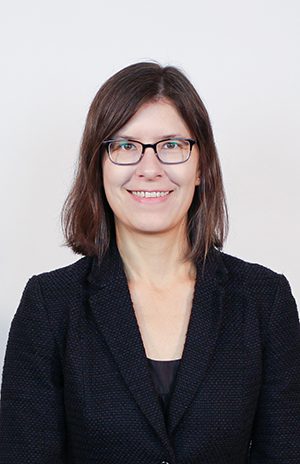 Dr. Idziorek |
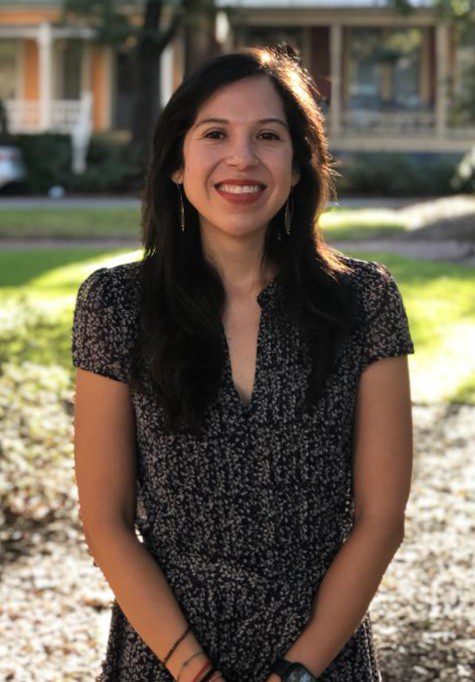 Dr. Zuñiga |
Charlotte’s transportation and development plans have focused heavily on increasing density, reducing sprawl, adding walkability and transit options. Nowhere is that more apparent than in the concept of the “10-minute neighborhood.” The city’s goal: Everyone should be able to access whatever goods and services they need within a 10-minute radius without getting in a car.
Achieving this goal would require more mixed-use zoning, denser development, and better sidewalks, bike paths, greenways and connectivity.
But what do people living in Charlotte’s lower-income neighborhoods think about 10-minute neighborhoods? And what do they really want?
“Are 10-minute neighborhoods going to help residents get where they need to be for their jobs? Are they going to help them get to clinics? Is it culturally relevant to them?” asked Dr. Michelle Zuñiga, Assistant Professor of Urban and Community Planning in the Department of Geography and Earth Sciences.
Those are some of the questions she’ll be studying, along with co-investigator Dr. Katherine Idziorek, Assistant Professor in Geography and Community Planning in the Department of Geography and Earth Sciences.
While much of the research on transportation and transit informing Charlotte’s new vision plan and unified development ordinance has been quantitative, Zuñiga and Idziorek plan to use interviews, focus groups and other qualitative methods to study residents’ perceptions of 10-minute neighborhoods. They’ll focus on Charlotte’s “Corridors of Opportunity,” six lower-income, predominantly minority areas in the city.
“We want to peel it back and understand the idea at a more granular level,” said Idziorek. “What might be some of the cultural nuances we need to take into account?”
For example, when discussing people’s access to groceries, especially in Charlotte’s “food deserts,” how important is access to culturally relevant groceries? In a predominantly Hispanic neighborhood, would access to any source of fresh food be sufficient, or is a grocery store stocking Hispanic foods and familiar brands a necessity? Those are the kinds of questions they’ll be looking at in this research.
The researchers are partnering with the Charlotte Regional Transportation Coalition to create questions and design focus groups. Their goal is to uncover and understand those nuances to help inform Charlotte’s plans and ensure the city develops in inclusive, culturally relevant ways as Charlotte seeks more density and walkability.
“We want to go with an open slate,” said Zuñiga. “There have been several quantitative studies that have been carried out. We can complement that work with the stories we collect from residents.”
Measuring the effectiveness of initiatives to help neighborhoods
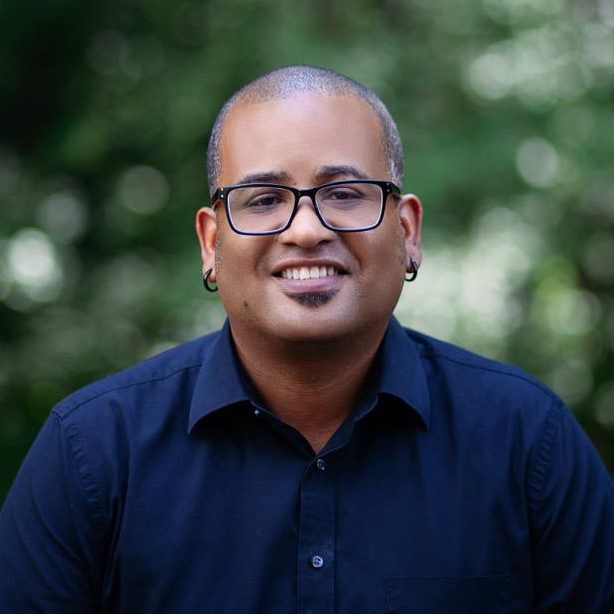 Dr. Case |
 Dr. Watson |
As research consistently highlights the importance of neighborhoods on socioeconomic mobility, more resources are being poured into place-based initiatives to improve outcomes. But what’s really effective? What efforts could be improved? And who’s measuring the impact?
That’s often a challenge when it comes to place-based initiatives. For one, many are run by nonprofit organizations focused on program and service delivery. Collecting and analyzing data can be expensive, time consuming and require skills that the organization doesn’t have. For starters, what data should be collected, and how? And with many nonprofits coordinating work between multiple partners — say, the school system, social services agencies, other nonprofits and community groups — just getting everyone on the same page with data sharing agreements is a challenge unto itself.
That’s why Dr. Andrew Case, Associate Professor of Psychological Science in the Health Psychology PhD program at the College of Liberal Arts & Sciences, and Dr. Sharon Watson, Assistant Professor in the Department of Anthropology, along with members of the Social Aspects of Health Initiative, are working to understand how to help place-based initiatives measure their effectiveness.
“Where you have higher levels and concentrations of poverty, you have this clustering of various problems. That’s something that needs to be addressed at the neighborhood level. There’s transformation that needs to happen socially and structurally, beyond soley focusing on individuals. It is imperative for us to know to what degree these changes are happening,” said Case.
Case and Watson are working with CrossRoads Corporation, Freedom Communities and Renaissance West Community Initiative, three nonprofit organizations working in lower-income, primarily Black neighborhoods. Their project is designed in two phases: First, Case and Watson will analyze more than 30 interviews with leaders and staff at those organizations to find common themes and barriers to accessing, analyzing and using data to evaluate programs. Then, they’ll work with the organizations to co-create solutions.
Measuring outcomes is important to assess what should be funded and how to improve programs and services.
“Everyone wants to fund projects but it’s very difficult to fund evaluations,” said Watson. “How do I show the impact of those actions five, 10 years from now? That is definitely what’s been lacking.”
Involving the nonprofits themselves in creating solutions is a key part of the project. If researchers suggest ways to collect and use data that are too onerous, time-consuming or expensive, they won’t be effective.
“It’s one thing for us to come in as researchers and say ‘here’s what we think you should do,’” said Case. “It’s another thing to have people much closer to the ground say ‘here’s what could actually work in this context.’”
College and work readiness for students with disabilities
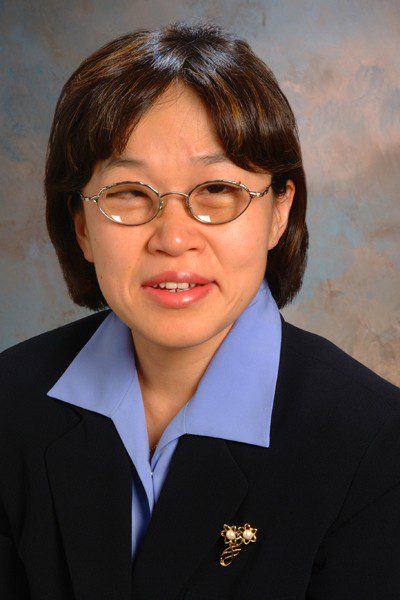 Dr. Lee |
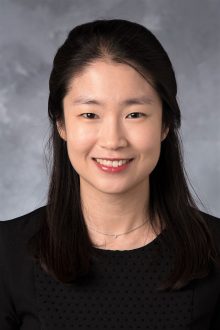 Dr. Kim |
People with disabilities experience negative outcomes, such as unemployment and discrimination, more often than the general population. And students with disabilities often have to work much harder than their peers to achieve the same outcomes.
That’s why Dr. Othelia Lee, Professor at the School of Social Work, and Dr. Stella Kim, Assistant Professor at the Cato College of Education, plan to study how UNC Charlotte students with disabilities are prepared for college and work. They want to understand the barriers those students face, as well as how disabilities interact with race and gender.
“Our original interest we started with was online education,” said Lee, describing how the researchers began wondering how the widespread switch to online learning was impacting students with disabilities during the COVID-19 pandemic. As the pandemic recedes, they plan to study how socioeconomic factors, accessible learning environments and other factors contribute to socioeconomic mobility, college and career readiness among students with disabilities.
To do this, Lee and Kim will recruit students registered with the Office of Disability Services at UNC Charlotte for a survey. With a high population of first-generation college students and a diverse student population, UNC Charlotte is an ideal school to study the interaction of disability, race and gender on socioeconomic mobility, college and career readiness, the researchers said.
“We think this is an area we need to explore more,” said Kim.
Some 61 million Americans have a disability, from highly visible disabilities such as mobility impairments requiring a wheelchair to invisible disabilities such as vision and hearing impairments. The researchers hope their work will help students with disabilities, especially minority students, advance further in their education and careers.
“They are such resilient students,” said Lee.
[Read about the previous Gambrell Faculty Fellows cohorts here]